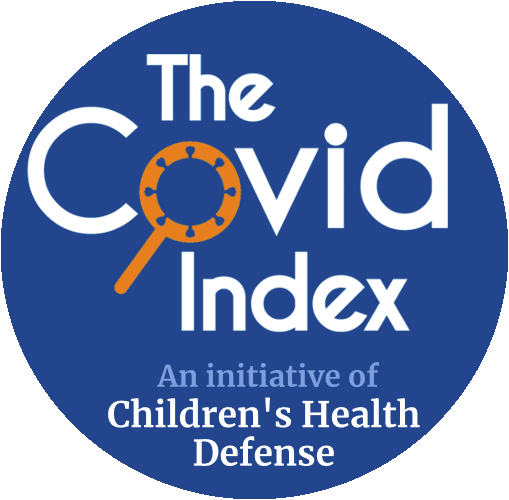"Abstract
Despite over 13 billion SARS-CoV-2 vaccine doses administered globally, persistent post-vaccination symptoms, termed post-COVID-19 vaccine syndrome (PCVS), resemble post-acute sequelae of COVID-19 (PASC). Symptoms like cardiac, vascular, and neurological issues often emerge shortly after vaccination and persist for months to years, mirroring PASC. We previously showed the S1 subunit of the SARS-CoV-2 spike protein persists in CD16+ monocytes after infection, potentially driving PASC. Approved vaccines (Pfizer, Moderna, Janssen, AstraZeneca) deliver synthetic S1 to elicit immunity, suggesting a shared mechanism. We hypothesized that vaccine-derived S1 persistence in CD16+ monocytes sustains inflammation akin to PASC, contributing to PCVS. We studied 50 individuals with PCVS symptoms lasting over 30 days post-vaccination and 26 asymptomatic controls, using (1) machine learning-based immune profiling to compare cytokine signatures with PASC, (2) flow cytometry to detect S1 in CD16+ monocytes, and (3) LC-MS to confirm S1 across vaccine types. We correlated S1 persistence with symptom duration and inflammation. Prior infection was excluded via clinical history, anti-nucleocapsid antibody tests, and T-detect assays, though definitive tests are lacking. Preliminary findings suggest S1 persistence in CD16+ monocytes and an associated inflammatory profile may contribute to PCVS. Further studies are needed to confirm causality and prevalence...
Discussion
These findings suggest that the S1 detected in CD16+ monocytes, coupled with a PASC-like cytokine profile, may contribute to persistent post-vaccination symptoms. Interestingly, a similar mechanism of non-replicative monocyte activation has been described in vitro with heat inactivated Borrelia burgdorferi, the causative agent in Lyme disease. The unique presence of S2 and mutant S1 peptides raises questions about vaccine-specific effects, though their clinical roles remain unclear and require further study."
© 2025 The Author(s). Published with license by Taylor & Francis Group, LLC.
This is an Open Access article distributed under the terms of the Creative Commons Attribution-NonCommercial License (http://creativecommons.org/licenses/by-nc/4.0/), which permits unrestricted non-commercial use, distribution, and reproduction in any medium, provided the original work is properly cited. The terms on which this article has been published allow the posting of the Accepted Manuscript in a repository by the author(s) or with their consent.
